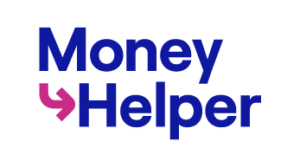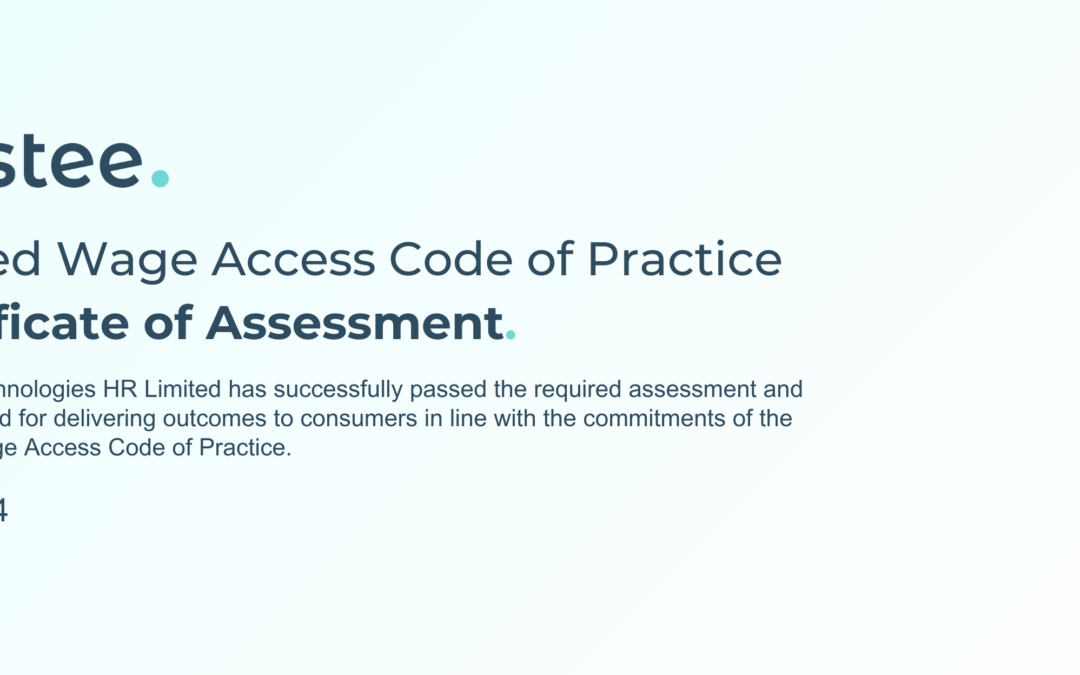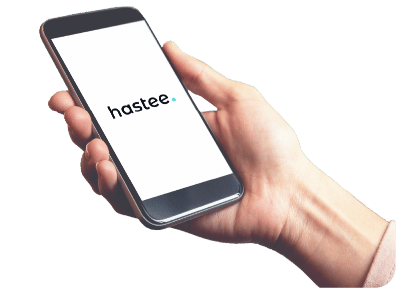Most of us will need to borrow money at some point in our lives, whether it’s for a student loan, a car, or to pay for a first home. Find out about the range of borrowing products available and explain how to use them best.
Borrowing products – what’s available
There’s quite a range of borrowing products available to people aged 18 and over. If you are aged under 18, you shouldn’t be borrowing and it might be illegal for a firm to try to sell you credit. You will typically pay interest on what you borrow and possibly other charges as well.
A useful way of comparing costs is to use the Annual Percentage Rate (APR) which shows the cost of borrowing on an annualised basis. But don’t just look at the APR – it might not reflect all the costs you might pay (for example, it does not include default fees).
In the case of a credit card, it is based on standard assumptions which might not reflect how you use the card. APRs work best when comparing similar types of credit over similar periods.
You should also look at how much you have to pay overall (the total amount payable) and whether you can afford the repayments, even your circumstances change.
Below are some of the most common forms of borrowing:
- Personal loan – this is usually a fixed amount, borrowed over an agreed period of time, and is repaid in instalments, usually monthly. This can be one of the cheaper forms of borrowing but there might be both a minimum amount you can borrow and length of time you have to pay back the loan so it might not suit everyone. Check whether the interest rate could go up and whether it will cost you more if you are new to credit or have a poor credit history.
- Overdraft – this is where your bank account provider allows you to take out more money from your account than you have in there. Generally, you should use this only as a short-term form of borrowing, until your next payday. Some accounts offer interest-free overdrafts but the bank might withdraw this at short notice, so don’t let the debt mount up. Be aware that if you go overdrawn without the permission of the bank, or go over your credit limit, the charges can be very high.
- Credit card – a card used to buy items; you can also use it to transfer balances or withdraw cash (but you should avoid doing this as it can be expensive). Unlike a debit card, the money doesn’t come out of your bank account – instead, you receive a statement of your borrowing once a month. You then have the option to pay off the full balance on the card, or an amount less than that, as long as you make at least the minimum payment. If you don’t repay in full, you’ll usually be charged interest, and this can mount up quickly, so try to pay off as much as you can. You’ll be given a credit limit – make sure you keep within this, as the charges for not doing so can be high.
- Credit unions – community savings and loan cooperatives, where members pool their savings to lend to one another and help to run the credit union. A cooperative is an organisation which is owned by and run for the benefit of the members who use its services. Interest rates can vary up to a legal maximum of 3% per month (42.6% APR). In Northern Ireland, the cap is 1% per month (12.9% APR). All credit unions offer savings and loan accounts while some (usually larger credit unions) may also offer additional products and services.
- Payday loans – short-term loans, which were originally intended to provide you with money until your next payday, but can now run for much longer (and might be repayable in instalments). These loans can be expensive, although there is now a cap on the amount of interest and default fees that can be charged. They might suit some people, but best to shop around.
When should you borrow?
There is a school of thought which argues that debt can be classed as either good debt or bad debt.
Good debt – any borrowing that enables you to make money or improve your chances in the long term, such as buying a car so that you can travel to work, or a student loan can be good debt, but only if you are sure you can afford the repayments and it does not leave you short at the end of the month.
Bad debt – any borrowing that provides little or no return, such as borrowing to fund luxury items or expensive trips, or which you are likely to struggle to repay, is generally regarded as bad debt and you should avoid it if you can.
This article is provided by the Money Advice Service.










